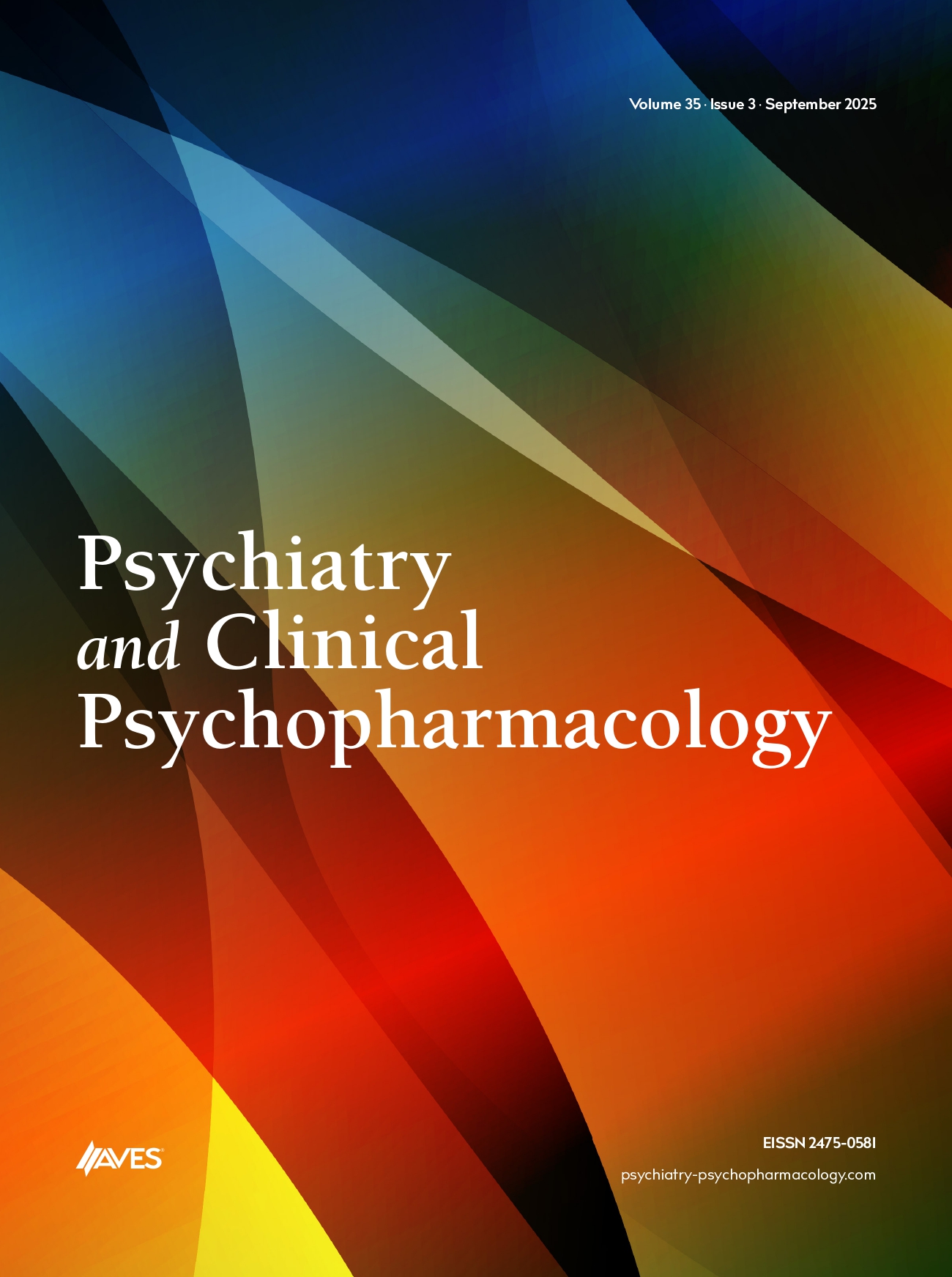Objective: A growing emphasis is given to beliefs of a person by cognitive models of anxiety disorders. Consensus ratings indicate that 6 belief domains are likely to be important in OCD. The objective of the present study was to investigate whether or not these belief domains, considered to be important in OCD patients, are also valid for Panic Disorder.
Method: Our sample group included 101 Panic Disorder group, and 155 healthy volunteers with similar sociodemographic characteristics. The instruments used included the Beck Depression Inventory (BDI), State-Trait Anxiety Inventory (STAI), Panic Agoraphobia Scale (PAS), and Obsessive Beliefs Questionnaire (OBQ-44). Total and sub-scale scores of obsessive beliefs as assessed by the Obsessive Beliefs Questionnaire-44 (OBQ-44) were compared between the groups. Total and sub-scale scores in the panic disorder group were re-evaluated against the state, trait, and depression factors of the State-Trait Anxiety Inventory (STAI). SPSS 18.0 for Windows was used for statistical analysis.
Results: The mean age was 36.73±9.42 years in the patient group, and 34.74±12.46 years in the control group. The State Anxiety Scale total score, Trait Anxiety Scale total score, Beck Depression Inventory total score, OBQ-44 total, and subscale scores in patients with a PAS score of 12 or more were statistically significantly higher compared to the control group (p<0.01). No statistically significant difference was observed in the OBQ-44 total and subscale scores in 33 patients with a PAS score of 11 or less. The group with a score of 12 or more, which is the cut-off value in the Turkish version of PAS, had statistically significant higher scores in "perfectionism/intolerance of uncertainity" compared to those with a PAS value of 11 or less. The "inşated responsibility/ overestimation of threat" scores (p<0.05), "overimportance of thoughts/controlling thoughts" scores (p<0.05) and "OBQ total scores" (p<0.01) were statistically significantly higher. Comparison results for those patients with a PAS score of 12 or more with the control group in obsessive beliefs after the STAI state anxiety level was controlled are shown in Table 1; for those with a PAS score of 12 or more with the control group in obsessive beliefs after the STAI trait anxiety level was controlled are listed in Table 2; and for those with a PAS score of 12 or more with the control group in obsessive beliefs after the STAI depression level was controlled are illustrated in Table 3 as OBQ-44 total and subscale scores.
Discussion: We thought that as obsessive beliefs of panic disorder are present in the active period of the disease, and they disappear during remission, they are likely to be associated with severity of the disease. "Overimportance of thoughts/controlling thoughts" was considered to be a constant feature of panic disorder even when depression and trait anxiety levels of belief domain are controlled. This common feature of OCD and panic disorder should be supported by further studies. It has been also found that depression and trait anxiety contributed to the obsessive beliefs in panic disorder patients.


.png)
.png)